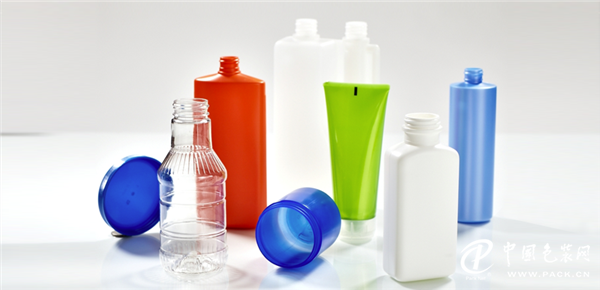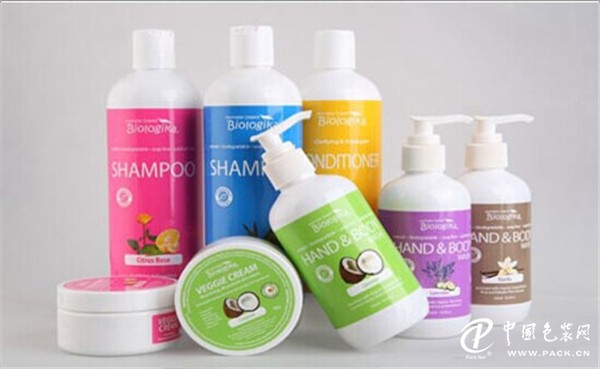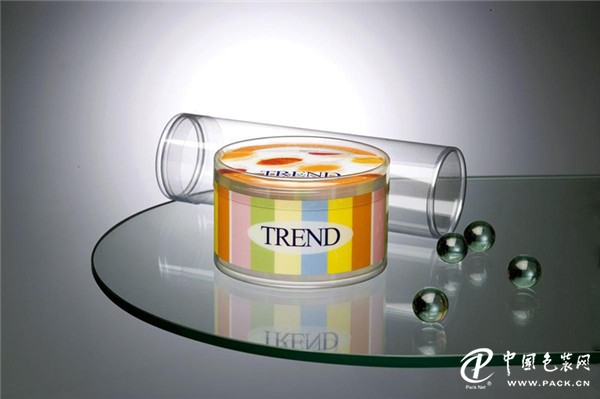
The plastic packaging industry is developing towards functionalization, greening, and reduction, which is both an opportunity and a challenge for the chemical industry. If supporting chemical products want to open up new market share in this field, it is necessary to increase the development and promotion of related materials. Plastic packaging is both an opportunity and a challenge for the chemical industry. As one of the most direct downstream industries in the petrochemical industry, the upgrading and technological progress of plastic packaging highly rely on the support of chemical products. At the same time, with the improvement of people's living standards and the increasing demand for personalized consumption, plastic packaging has also put forward higher requirements for chemical products.
The plastic packaging industry is developing towards functionalization, greening, and reduction, which is both an opportunity and a challenge for the chemical industry. If supporting chemical products want to open up new market share in this field, it is necessary to increase the development and promotion of related materials.

Plastic packaging is both an opportunity and a challenge for the chemical industry
As one of the most direct downstream industries in the petrochemical industry, the upgrading and technological progress of plastic packaging highly rely on the support of chemical products. At the same time, with the improvement of people's living standards and the increasing demand for personalized consumption, plastic packaging has also put forward higher requirements for chemical products. Functionalization, greening, and reduction have become the direction pursued by the plastic packaging industry, and the accompanying chemical products will also usher in more development opportunities.
Functionalization:
The demand for specialized materials is increasing rapidly, with usage accounting for over 30% of the total
According to Chen Changjie, Deputy Director and Secretary General of the Plastic Committee of the China Packaging Federation and Secretary General of the Green Packaging Committee of the Shanghai Packaging Technology Association, it is estimated that plastic packaging materials currently account for over 30% of the total amount of various packaging materials, second only to paper products. At present, the application of plastic in food packaging materials in China has exceeded 50% of the total amount of food packaging materials, ranking first among various packaging materials.
"At present, the development of China's plastic packaging industry has reached a critical period, and downstream industries will also put forward increasingly stringent requirements for plastic packaging film materials. In the case of a large surplus of ordinary films, some high value-added functional films still need to be imported in large quantities. The demand for matte films, high gloss films, heat sealing films, heat shrink films, high resistance membranes, anti UV radiation films, anti-static films, flame retardant films, etc. in the industrial field is growing rapidly." Wang Dejun, Secretary General of the BOPET (Biaxially Stretch Polyester) Special Committee of the China Plastics Processing Industry Association, said.
In the food industry, the role played by plastic packaging cannot be underestimated. Li Dongli, Director of the Packaging Research Office of the Key Laboratory of Beijing Institute of Printing, said that China is a major producer and consumer of fruits and vegetables, but its decay rate also ranks among the highest in the world. The loss rate of fruits and vegetables in developed countries is less than 5%, while the loss rate in China is as high as 20% to 30%. Functional preservation materials have a large market in our country. At present, the use of advanced preservation materials in packaging in the United States can increase fruit value by 2.4 times, while the average increase in value in China is only 0.4 times. Functional preservation packaging in the future has good market prospects in China.

"The demand for functional films such as high barrier, heat-resistant, UV resistant, light resistant, antibacterial, breathable, and oxygen resistant will continue to increase in the future food industry. However, in terms of functional food packaging materials and functional additives, China's research and production capacity is still relatively weak. Increasing the development of related materials will be a win-win situation for both the packaging and chemical industries," said Chen Changjie.
Greenization:
Environmental and safety requirements upgrade, related additives are about to sell well
With the enhancement of safety awareness and the improvement of environmental standards, consumers are paying increasing attention to the hygiene and safety performance of plastic packaging. To ensure the hygiene and safety performance of plastic packaging materials, it is necessary to rely on the widespread application of various green and safe plastic additives. Therefore, industry experts indicate that safe and environmentally friendly plasticizers, heat stabilizers, adhesives, solvent-free inks/water-based inks, and other products will become popular products in the market in the coming years.
Professor Jiang Pingping from the School of Chemistry and Materials Engineering at Jiangnan University stated that since the 1990s, multiple regulations related to phthalate plasticizers have been introduced internationally, limiting their application in plastic products with high hygiene requirements. The hygiene standards for the use of additives in food containers and packaging materials in China (GB9685-2008) also limit the migration amount of certain plasticizers. It is a trend to replace phthalate plasticizers with environmentally friendly plasticizers such as vegetable oils. With the improvement of environmental standards, the market demand for non-toxic and safe plasticizers will increase.
The greening of plastic packaging is not only reflected in the product itself, but also in the increasingly strict restrictions on the volatile organic pollutants (VOCs) emitted during the production process. With the implementation of China's Air Pollution Prevention and Control Action Plan, plastic packaging and printing enterprises are facing severe challenges. "There is no doubt that packaging inks containing benzene and ketones will no longer be usable in the future. The development direction of the market is water-based inks, solvent-free inks, and UV cured inks. However, currently these new products are still in short supply in China, and neither the variety nor quantity can meet market demand." said Chen Yu, the expert group leader of the Composite Film Special Committee of the China Plastics Association.
Reduction:
Eliminating "White Pollution" and Favoring Biodegradable Plastics
Packaging materials are mostly disposable products with a short lifespan. To reduce the impact of packaging waste (commonly known as "white pollution") on the environment, the reduction of waste has become one of the development directions of plastic packaging. In the process of reduction, biodegradable materials play a leading role.

Weng Yunxuan, Secretary General of the National Technical Committee for Standardization of Biobased Materials and Degradable Products, stated that with the increasingly severe environmental problems, the application of biodegradable materials in packaging has received more and more praise and attention. In recent years, developed countries such as Europe and America have maintained a rapid growth in demand for biodegradable materials.
According to the latest research report from ASD, the demand for biodegradable plastic packaging in the global market has maintained an average annual growth rate of over double digits from 2013 to 2019. By 2019, the value of the global biodegradable plastic packaging market will exceed 8.415 billion US dollars. The report predicts that food and beverage packaging will be the largest major application area for biodegradable plastics, with polylactic acid and starch based plastics continuing to dominate the biodegradable plastic packaging market, with over 70% of biodegradable plastics used for food packaging.
Industry insiders explain that compared to petroleum based polymer materials, biodegradable materials currently produced in China are mainly used for export due to their higher cost. With the improvement of environmental regulations and the enhancement of consumer environmental awareness, the domestic market size of biodegradable plastic packaging is also constantly expanding. During the 13th Five Year Plan period, biodegradable materials will usher in more development opportunities.
Copyright: Anhui Tongda New Materials Co., Ltd. Registration number: Anhui ICP Bei 16021639-1 Technical support: Zhishengyuan
Mobile Station


Contact US
Anhui Tongda Packaging Material Co., Ltd.
Address: Tongda Road, Longgang Comprehensive Economic Development Zone, Yaohai District, Hefei City, Anhui Province

